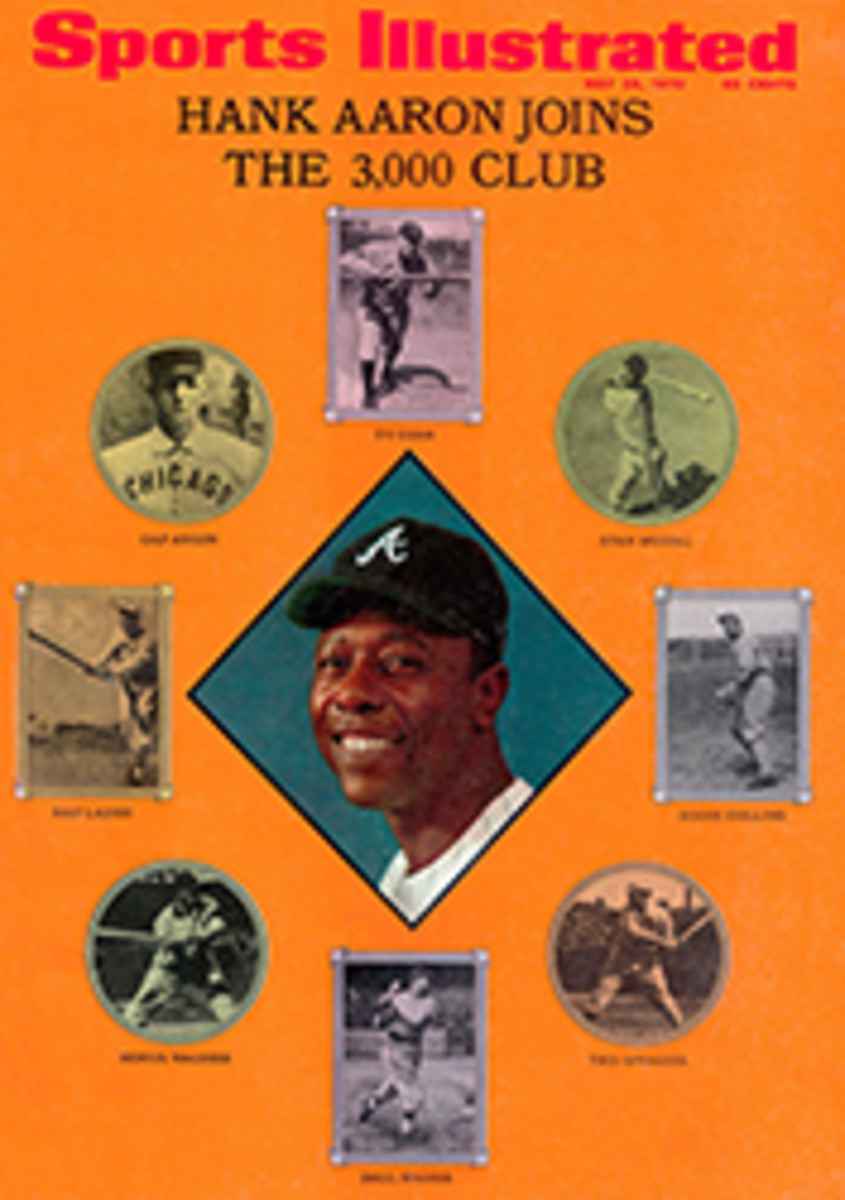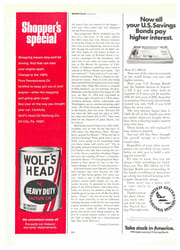
Two more volumes bear witness to the miracle that was 1969's winning Mets
It is pretty obvious, even to one of his closest aides, that John Lindsay owes his reelection as mayor of New York last November to the fact that the Mets won the World Series a month earlier. The whole of professional baseball has a special debt to this team as well: its realization of the impossible dream, coming as it did in the first year of the new major league playoff system, made the first two-division World Series one of the most memorable ever.
It is both fitting and inevitable that books should be published to celebrate such uncommon influence, and several have. One came along in paperback form soon after the fact, like the Warren Report. Now several more are here, including two by longtime New York sportswriters: Joseph Durso's Amazing, subtitled The Miracle of the Mets (Houghton Mifflin, $5.95), and Leonard Shecter's Once Upon the Polo Grounds, subtitled The Mets That Were (Dial, $3.95). Both books bear out faithfully the dictum of Pope Eugenius III that all works dealing with miracles should be subtitled.
A fine aspect of the miracle was that it happened in New York, but the best part was not what the Mets did but who they did it to. In a true sense, the winning of the playoff against Atlanta and the winning of the Series against Baltimore were anticlimactic, for to reach these pinnacles the Mets had to come from 9½ games behind to eight games ahead, and in doing so the Mets passed the Cubs. And the Cubs were managed by Leo Durocher, who was manager of the pennant-winning Dodgers in 1941, and manager of the pennant-winning Giants in 1951 and 1954, before both those clubs left the big town.
Put it into perspective for yourself. Suppose the Mets had passed the Cardinals the way they passed the Cubs. How many anti-Schoendienst signs can you think up? How could you put up a sign saying EAT YOUR HEART OUT, RED? Trochaically, it doesn't even scan. EAT YOUR HEART OUT, LEO? Ah! There's something.
It was the poet Elder Olson who pointed out that knights of yore were successful in rescuing fair damsels in distress mainly because of punctual dragons. Leo was the dragon in '69. He wasn't always punctual, but he was there in time for the Mets.
Both Shecter and Durso focus on this part of the Met miracle in their books, and—perhaps not so strangely—those focuses are the high points in each volume. This is interesting, because each book takes a different approach. Durso, who covered the Mets for The New York Times last season, understandably concentrates on the 1969 campaign. Shecter, who used to cover them for the New York Post, attempts to zero in on the team's first two seasons in the league—1962 and 1963—when they still inhabited the old Polo Grounds.
Qua assignment, Durso probably has the best of it. His book, in the main, reflects the Mets when they won. Shecter attempts to associate things at the end with the way they were at the beginning, and as a result, deft though his typewriter be, he fights uphill. One might as well expect a book, issued in the wake of Richard Nixon's victorious campaign for the presidency, telling it like it was when, six years earlier, he lost to Pat Brown for governor of California. A habitual underdog once wired a scheme to Wilson Mizner and asked, "Are you with me?" "I am with you if you win," Mizner wired back. There is indeed no substitute for victory. And, in truth, the losing Mets and the Polo Grounds were never made for each other. Real Met history is situated in Shea Stadium—as, for example, the doubleheader with the Giants that began at 1:08 p.m. on May 31, 1964 and concluded at 11:25 that night: the pilot of a TWA plane, shuttling between nearby LaGuardia and Washington, saw it, coming and going, eight times. The Polo Grounds always belonged to the Giants, and vice versa. The tears fell not when the Mets quit the place in 1963, but when the Giants left in 1957. They were shed for the shadows of great players, not for clowns.
Both books tend to make every Met a philosopher, win or lose. In the bad days of 1963 there was Marvelous Marv Throne-berry, quoted by Shecter: "What the hell is positive thinking? What good does it do to think you're going to do something when you know damn well you're not?" Or, in the giddy pennant-bound moments of 1969, Ed Charles, who had been writing the story of his life as a penniless Southern Negro and now was reading Portnoy's Complaint, quoted by Durso: "It's like going from Manhattan to New Jersey by way of the Verrazano Bridge. It's part of your education."
And both books treat liberally of the fan-held banners that have become the hallmark of Met home games. For some reason, which is not to the discredit of the authors, neither book singles out my particular favorite. It appeared in the fourth game of the World Series, when Ron Swoboda, not known for defense, made his incredible game-saving catch off Brooks Robinson. "Catch" may not be quite the word for it: more correctly, it was an iridescent meeting between a ball hit by one man and a glove attached to another. And just after it was over—while 50 million Americans across the nation were being treated to the first of a dozen instant replays—a man in left field at Shea held up a hand-lettered sign. One word. ROUTINE.

